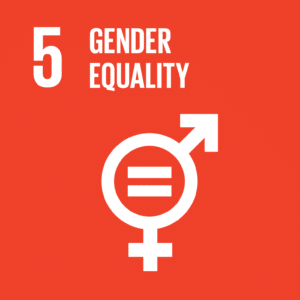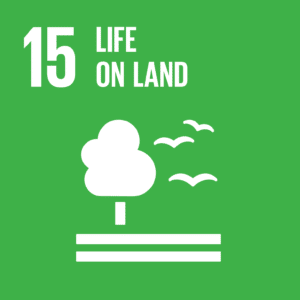Cross-border collaboration for climate-resilient watersheds

Strengthening the social-ecological resilience in the Mayo-Chinchipe basin in Ecuador and Peru against the impacts of climate change
At the border between Ecuador and Peru lies the watershed of the Mayo-Chinchipe river, one of the main rivers connecting the Andes Mountains with the Amazon rainforest. The ecosystems in this watershed are threatened by both climate change and poor land management. Deforestation is a significant cause of ecosystem degradation.
In the watershed, more than 230,000 people reside, with 80% relying on coffee and livestock farming. Communities in the upper basin face reduced water access due to disappearing ecosystems and decreased groundwater infiltration. Downstream communities are confronted with erosion, water pollution, and floods, as a result of deforestation in upstream areas.
It is therefore crucial to seek solutions at the watershed level. Protection plans and equitable financing mechanisms must be developed to better equip communities and ecosystems against the impacts of climate change and other processes, such as population growth.
Information and education stakeholder platform on water
An information and education stakeholder platform on water is supported by three pillars.
- Education and research: Capacities of specific target groups, such as water technicians, operators of water systems, local government representatives, and women's groups, are strengthened through a binational water school. The aim is to understand and address the impacts of climate change on water resources and infrastructure.
- Water and biodiversity: Support is provided for the development of protection plans for affected water-rich ecosystems, along with the implementation of nature restoration activities to restore and enhance the climate resilience of these ecosystems.
- Environmental policy: Support is provided for the development and establishment of a binational water fund as a mechanism to redistribute financial contributions from companies, governments, and communities in the basin for targeted climate adaptation and mitigation solutions.
Through the combination of capacity building activities, nature restoration, and the development of financial support mechanisms, solutions for climate adaptation and mitigation can be developed at the appropriate geographic and institutional scale. This strengthens the social-ecological resilience of the watershed and its inhabitants in the long term.
Pilot interventions are conducted to protect and restore 39,000 hectares of vulnerable freshwater ecosystems. Healthier ecosystems will be better able to provide water for human consumption and food production, and will contribute to climate mitigation and adaptation measures, such as carbon sequestration and water regulation.
A binational water fund is established, approved by the members of the information and education stakeholder platform.
Would you like to know more about this project?









